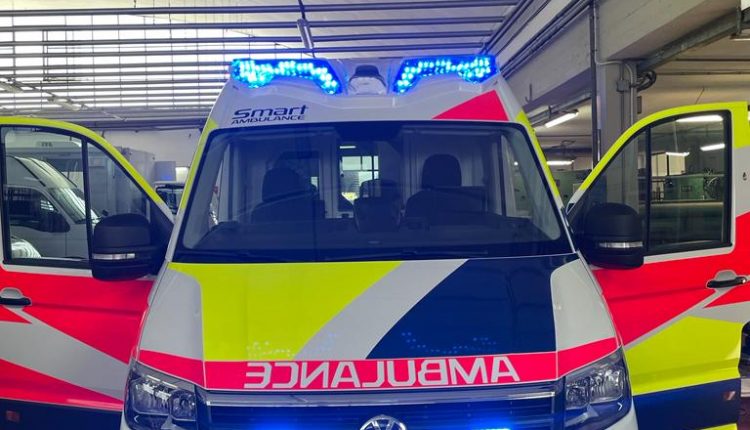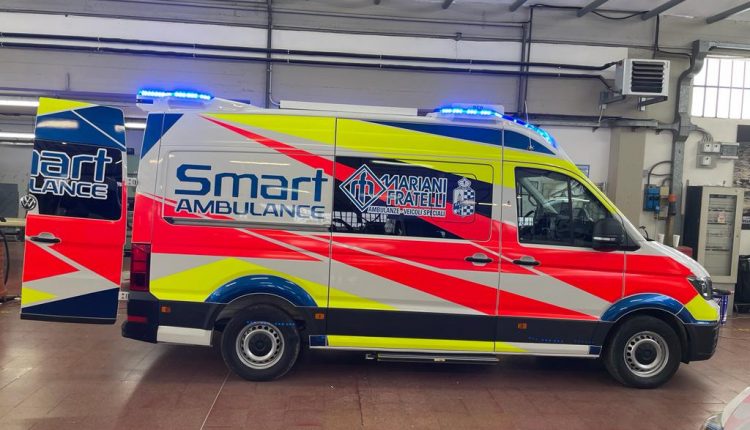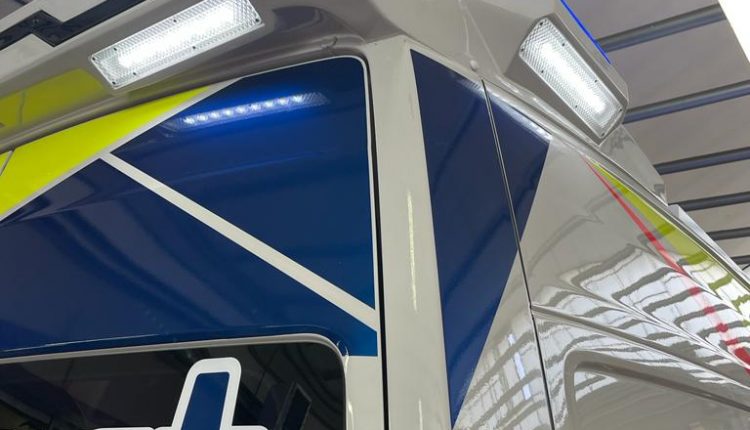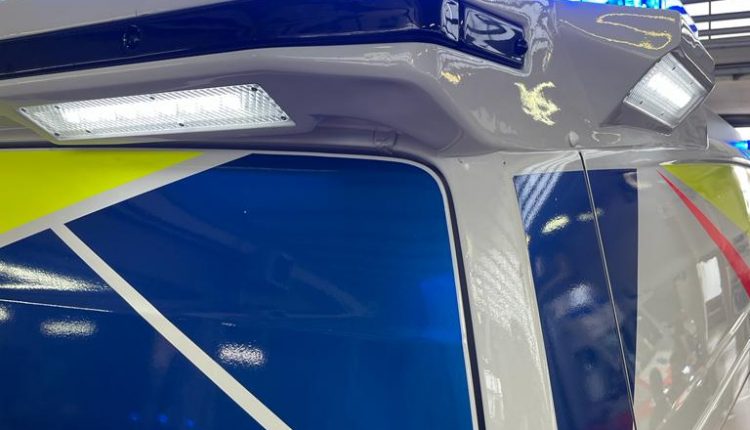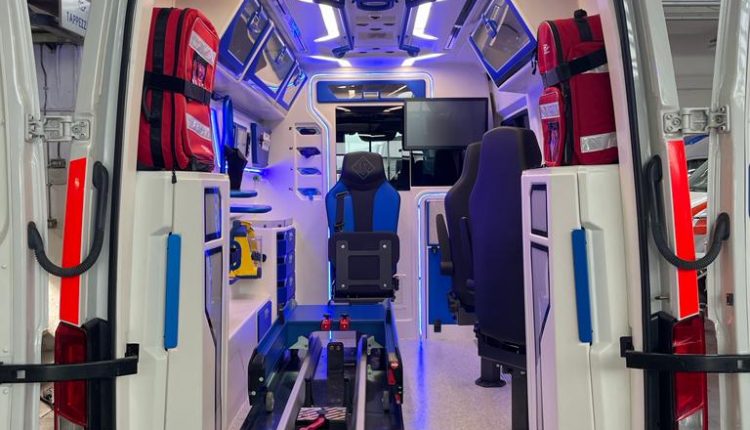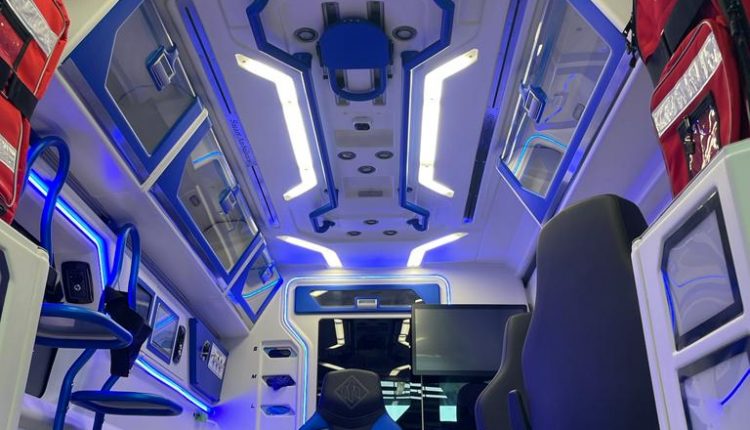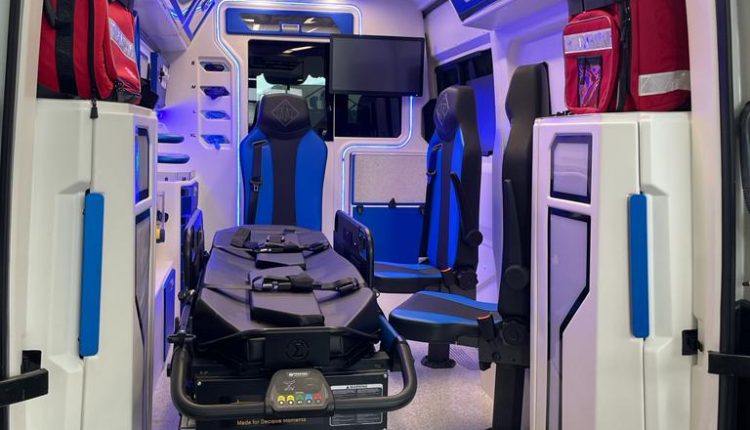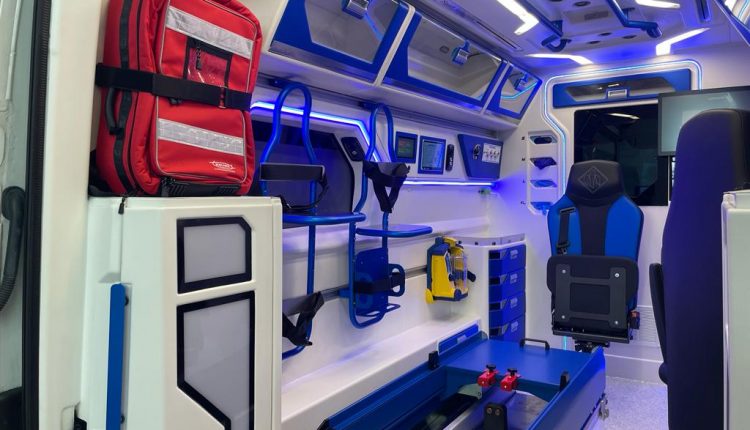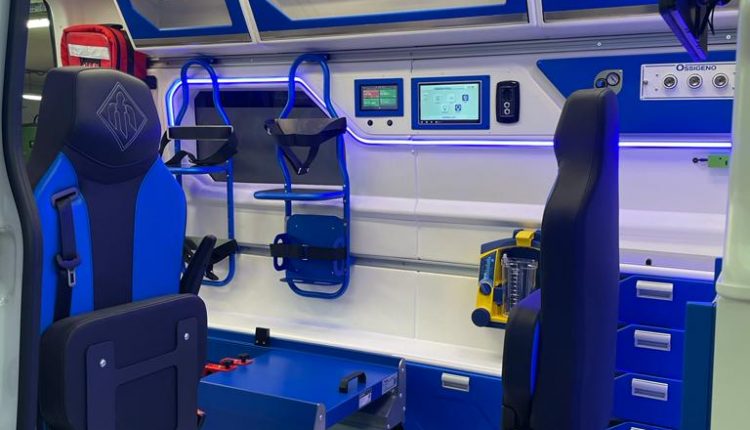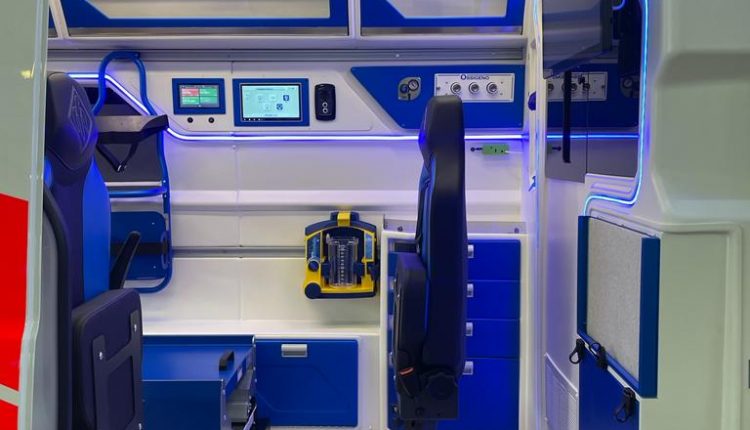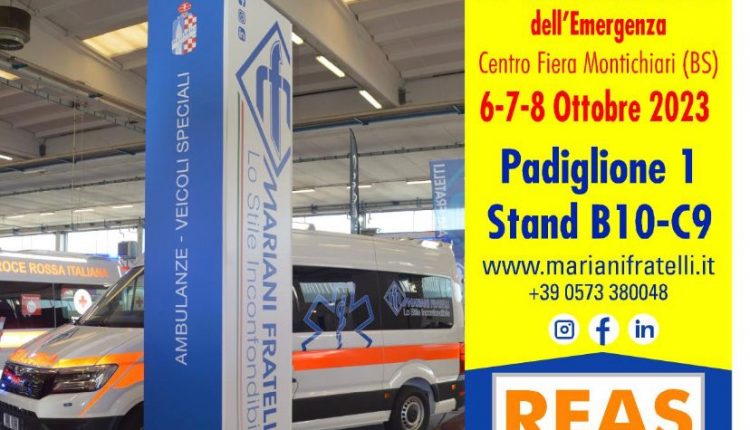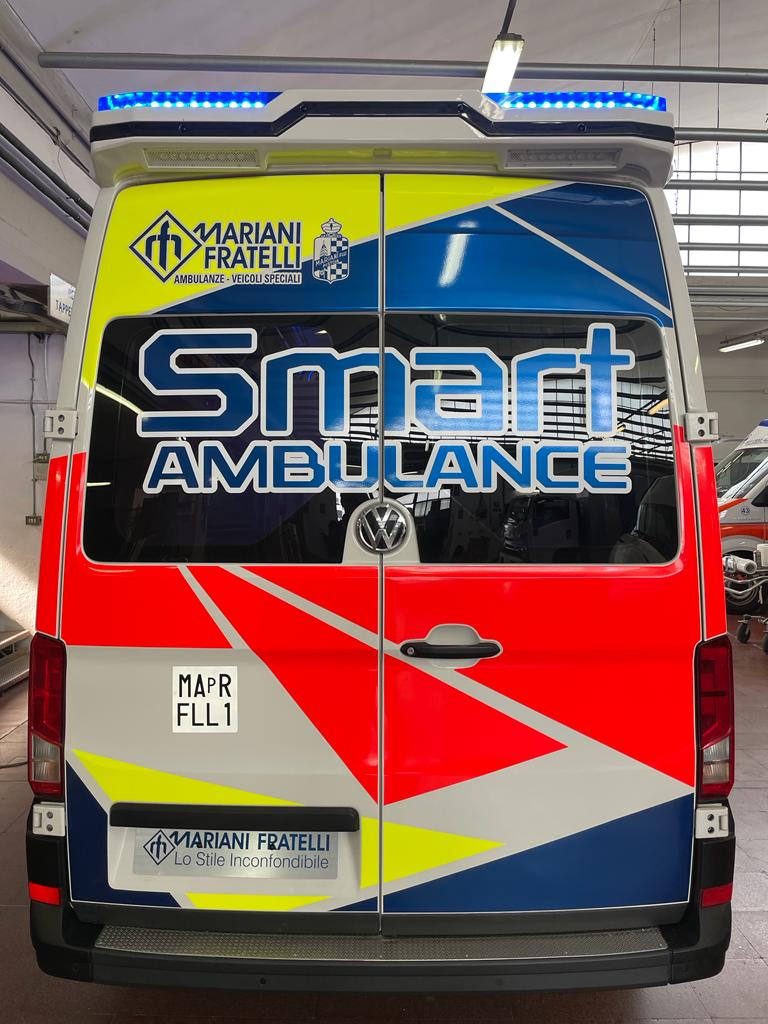
Mariani Fratelli presents the SMART AMBULANCE, the ambulance of the future
Mariani Fratelli, the SMART AMBULANCE, at REAS 2023 with a new technical gem
The Pistoia-based company, a historic brand in the Italian market, always known for excellence in technical thinking and craftsmanship, presents the latest engineering masterpiece by Mauro Massai (CEO) and his team at the Montichiari exhibition: the SMART AMBULANCE
The always gracious Eng. Massai explained this new ambulance in a preview at Emergency Live, with the precision of knowledge of someone who has put the utmost effort into its design.
The aim of the project is the creation of an innovative emergency medical service, on board a multifunctional vehicle (the SMART AMBULANCE, in fact), equipped with energy autonomy and penetration capabilities extended by the presence of a drone on board. This will also act as a radio antenna for connections to the non-wired network and for the integration of the field force into an interactive grid, whose other ganglia are the remote medical operations centre, the electronic traffic control system, the accident site, and finally the injured persons themselves, when equipped with a mobile phone and able to use it. More precisely, the list of aims pursued by the project is as follows:
- To maximise the possibility of access by the rescue team to the intervention site, providing essential first aid to the injured/patient even if it is located in a place not immediately accessible from the vehicle. To this end, the use of the drone is strategic, as it can deliver payloads consisting of drugs, biomedical aids and identify ascended positions, quickly guiding the rescue team to its objective.
- Ensuring real-time communication with other neighbouring rescue and medical services, in order to direct the transport of injured persons to the most suitable destination for their specific case, determined as quickly as possible.
- Ensuring the energy supply required for the operation of all on-board equipment even when intervention times are particularly long. To this end, a highly efficient and space-saving solar panel system located on the roof of the vehicle with an automatic opening system is strategic, so as to double the power available when stationary to a total of 4 x 118 Watts, i.e. over 450 Watts.
- Providing maximum operational hygiene with the use of new materials for vehicle furnishings such as UV-protected ABS ASA and antibacterial additive, which also reduce its weight, and with the use of an innovative system for sanitising the air circulating in the ambulance, integrated into the air conditioning system of the sanitary compartment through the principle of photocatalysis. The vehicle is also equipped with a new negative pressure maintenance system in the VS with absolute HEPA filtration to preserve the cockpit from any contaminated infiltration and allow the crew to operate in advanced safety conditions.
- Improving patient comfort and operating conditions for healthcare personnel with the use of advanced home automation technologies that also reduce environmental noise with devices that are currently still in the operational design phase.
- Ensuring maximum safety during the mobile phases of the operation by assisting the driver of the vehicle with innovative HUD (Head Up Display) technology that integrates on a single display the route data provided by the SSR operations centre and the local data on the operation of all on-board equipment, including the drone; all under the command and control of the new control panels with 10″ colour Touch Screen monitors for the medical compartment and 7″ for the driver’s cab.
- Reducing the possibility of human error on the part of the medical team through the use of an integrated patient monitoring system, the data of which will be constantly visible on a single, large screen that also integrates data from internal and external cameras, the drone and any body-cams of the healthcare personnel.
- New equipment designed in compliance with and conforming to the European standard EN 1789 – C, exploiting ergonomic and modularity principles that give flexibility to the various arrangements and compositions of internal healthcare furniture, both for the housing of electro-medical equipment and essential healthcare devices, preserving the largest and safest possible patient treatment island. Particularly innovative are the recessed rail systems for the application of instrument racks on both the right and pavilion sides and the newly developed wall cabinets with drop-down opening.
The SMART AMBULANCE will be a technological jewel capable of reducing intervention times, crucial for saving lives, extending its range of action to sites that are difficult to reach and locate, anticipating treatment with telemedicine techniques, and interacting with smart-city platforms, increasing its own safety and that of other vehicles on the road.
We thank Engineer Massai for this exhaustive description.
At this point, friends of Emergency Live, all that remains is to go to REAS, to the Mariani Fratelli stand to see it in person, and we will be there, because every improvement in rescue possibilities is a success for everyone.



